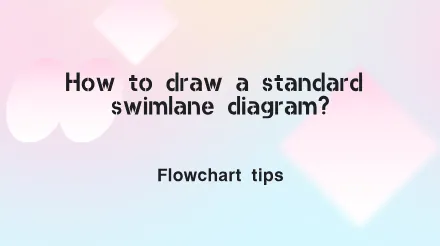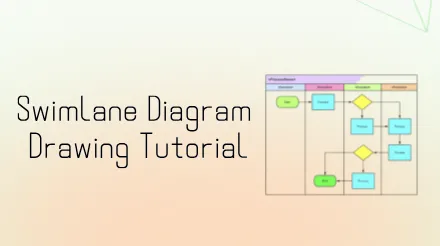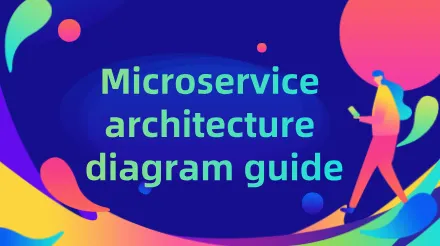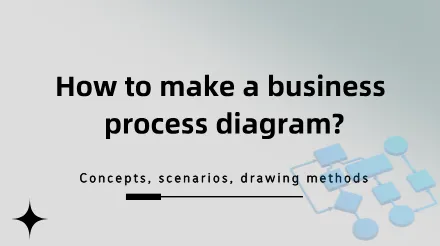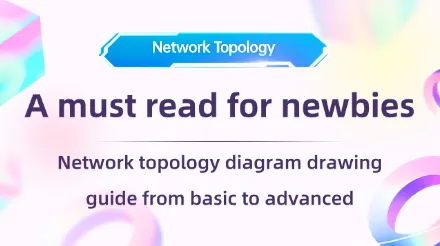Flowcharts are widely used in many industries such as the Internet, consulting, and law. They can help companies establish efficient and reusable workflows and standards, and simplify long text descriptions into visual graphic languages. This article will systematically explain the concept of flowcharts, the definition of graphic symbols, drawing specifications, and drawing processes, and share multiple flowchart examples, hoping to help you better understand flowcharts.



